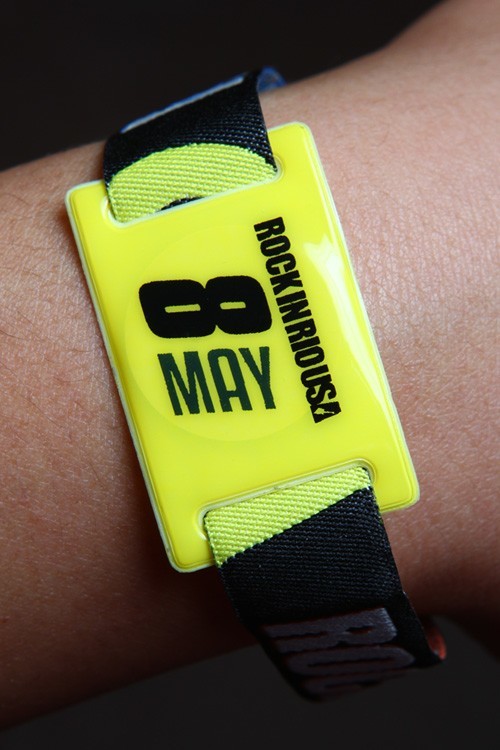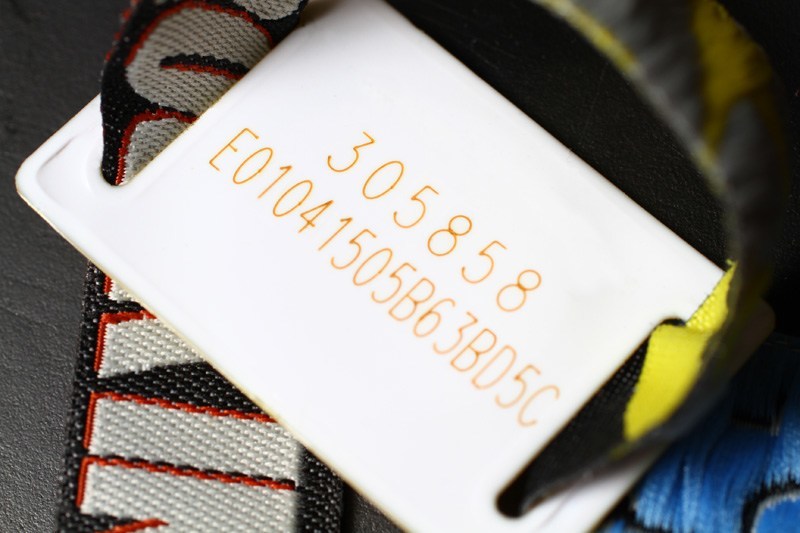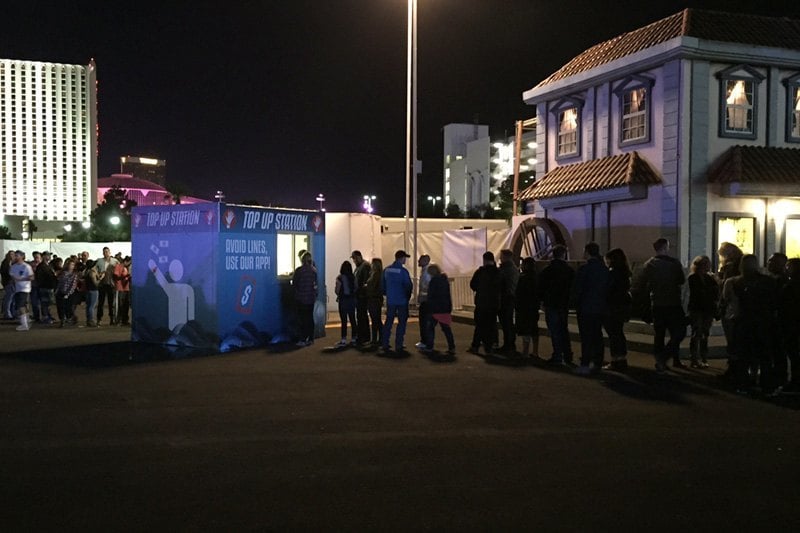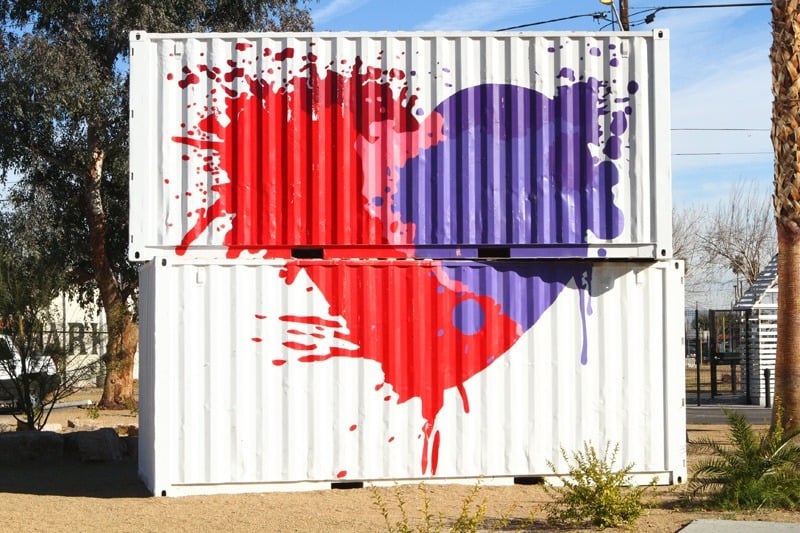Rock in Rio USA Music Festival Could Reap $450,000 From Cashless Wristbands
The numbers are in from the inaugural Rock in Rio USA music festival, and at least one of those numbers is mind-blowing.
We’re not talking about the attendance numbers, unfortunately. While the estimated attendance of 130,000 people over two weekends (festival officials say it was 172,000), that number is a fraction of what Rock in Rio USA originally projected. The event venue, City of Rock, has a capacity of 80,000 people per day.
No, the truly staggering number is the amount of money the festival will make from its use of “Rock Cash,” the festival’s cashless payment system.
In essence, festival organizers partnered with a company called Intellitix to turn RFID wristbands into scannable debit cards. Festival-goers loaded up their wristbands with cash before attending the event, or at kiosks called “Top-Up” stations inside the City of Rock site.

Every vendor inside Rock in Rio USA used the cashless wristbands, so if you wanted to purchase food, drinks or merchandise, you had to use your wristband. If the balance on your wristband ran out, you could refill it with more money.
Organizers touted the convenience of the cashless system and, less overtly, Intellitix trumpeted the fact festival-goers using such wristbands tend to spend 15-30% more than they would using cash.
But here’s the thing. Virtually everyone using the cashless wristband had a balance remaining, large or small, when the festival ended. That balance could be refunded, but a fee of $3.50 would be charged.
This inspired us to do some math. And we don’t even like math.
Say attendance was 130,000 (a number believed to be more accurate than the official number by the Las Vegas Metrolitan Police Department and other observers, including this Las Vegas blog), and say half those people requested refunds of their Rock Cash at $3.50 a pop. That’s $227,500 in fees. The other half wouldn’t request a refund because their balance was less than $3.50. If we calculate voluntarily “surrendered” balances based on half that amount, or $1.75, that’s an additional $113,750.
That puts Rock in Rio USA’s windfall from fees and surrendered Rock Cash at $341,250.

That’s a lot, but let’s say the organizer’s number of attendees, 172,000, is correct.
That works out to be $301,000 in refund fees and $150,500 in voluntarily surrendered balances, for a total of a whopping $451,500. In other words, a nearly half-a-million dollar windfall.
There are some mitigating factors, of course. First, it’s possible a portion of those in attendance didn’t use the cashless payment system. That would be understandable given the long waits at the Top-Up kiosks. Also, kids were invited to attend, and it’s unlikely they’d have funds on their wristbands. It’s one of the benefits of being a kid. Freeloaders.

We should also say there’s no way to know what the average amount of “surrendered” or un-refunded Rock Cash was. We just took $3.50 and split it down the middle. We are a blog, not a supercomputer.
It goes without saying the cashless wristband system has a lot of built-in costs, so the dollar amounts we mention aren’t profit, per se. Purchasing the RFID wristbands is expensive, and the kiosks and back-end costs are higher than you’d think.
Still, Rock in Rio USA did all right with its cashless wristbands. Ticket prices of $300 per weekend ($500 VIP) helped the bottom line a lot, too. And don’t even get us started on the 24-ounce cans of Corona for $13.
Nobody outside Rock in Rio USA knows if the festival made a profit in its Las Vegas debut, but the cashless wristband system certainly didn’t hurt its chances of being in the black.





Leave your thoughts on “Rock in Rio USA Music Festival Could Reap $450,000 From Cashless Wristbands”
15 Comments